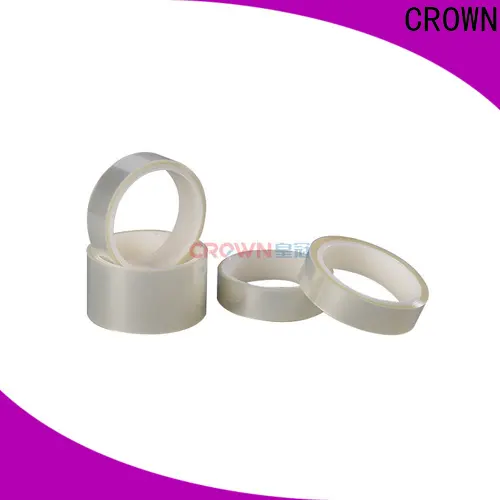Company Advantages1. The design of CROWN innovative. It is implemented by a team of designers who adopted their unique concepts of color, font, and appearance. Its most distinguishing features are strong adhesion and holding power
2. Whatever the occasion, CROWN captures the attention of in this field. It provides surface protection on goods, preventing wear and reducing scratch
3. The product has an excellent heat dissipation effect. The groove design maximizes the contact space between the device and the heat to dislodge the heat out. It has received wide popularity among customers from South America, West Europe, the Middle East, etc
Product description
◔ This product serie is formed by optical-level PET carrier with light transmittance above 90%, one side is evenly coated with organic silicone adhesive layer, the other side is coated with a hardening layer with hardness level above 3H.
◔ This serie is designed with automatic adsorption and bubble elimination feature, it is highly resistant to scratch to effectively protect LCD from scratch by sharp objects.
CROWN ADHESIVE PRODUCTS CO.,LTD. has been focusing on the R&D, design, and manufacture of and we are constantly appraised by many customers. Our clear adhesive protective film supply is sufficient to guarantee demand owing to our advanced production line.
2. Thanks to our advanced machines, the productivity and quality of adhesive protective film is highly increased.
3. clear adhesive protective film manufactured by CROWN is popular for its high quality. CROWN ADHESIVE PRODUCTS CO.,LTD. has a full set of professional sales service. Please contact.




